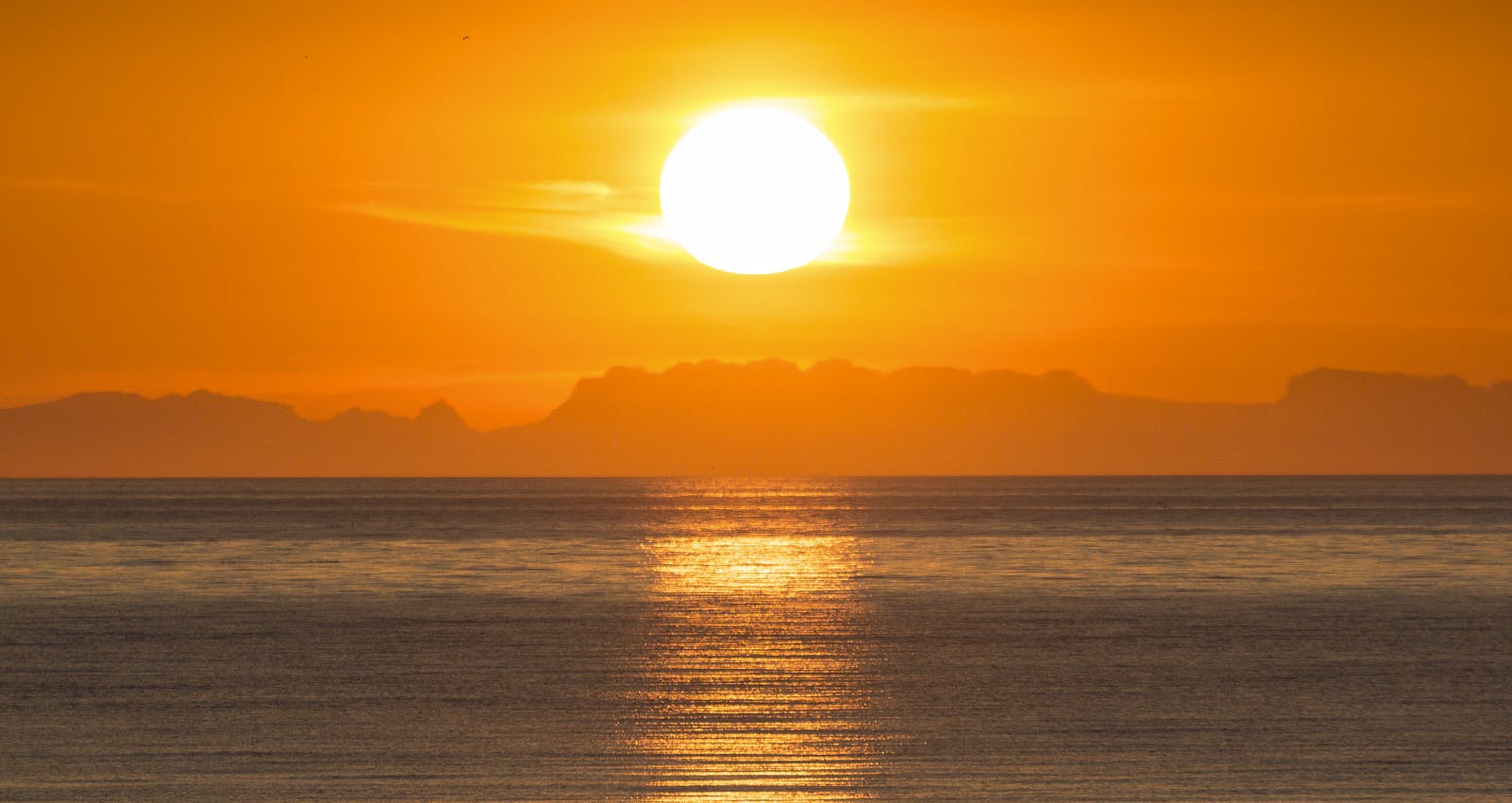
Guide to Ljósufjöll
Ljósufjöll is a 90 km fissure vent system and central volcano located on the Snæfellsnes Peninsula in the west of Iceland. The volcanic system contains cinder cones and is the only system in Snæfellsnes that has erupted in recorded Icelandic history. The eruption took place during the age of settlement in the Rauðhálsar crater. A whole farm is buried under the crater.
How Large is Ljósufjöll?

The volcanic system’s length is approximately 90 kilometres, and its highest point is 988 metres above sea level. Ljósufjöll system reaches from the lava field Berserkjahraun to the village Bifröst and its volcanic Grábrók lava and craters.
What Type of Volcano is Ljósufjöll?
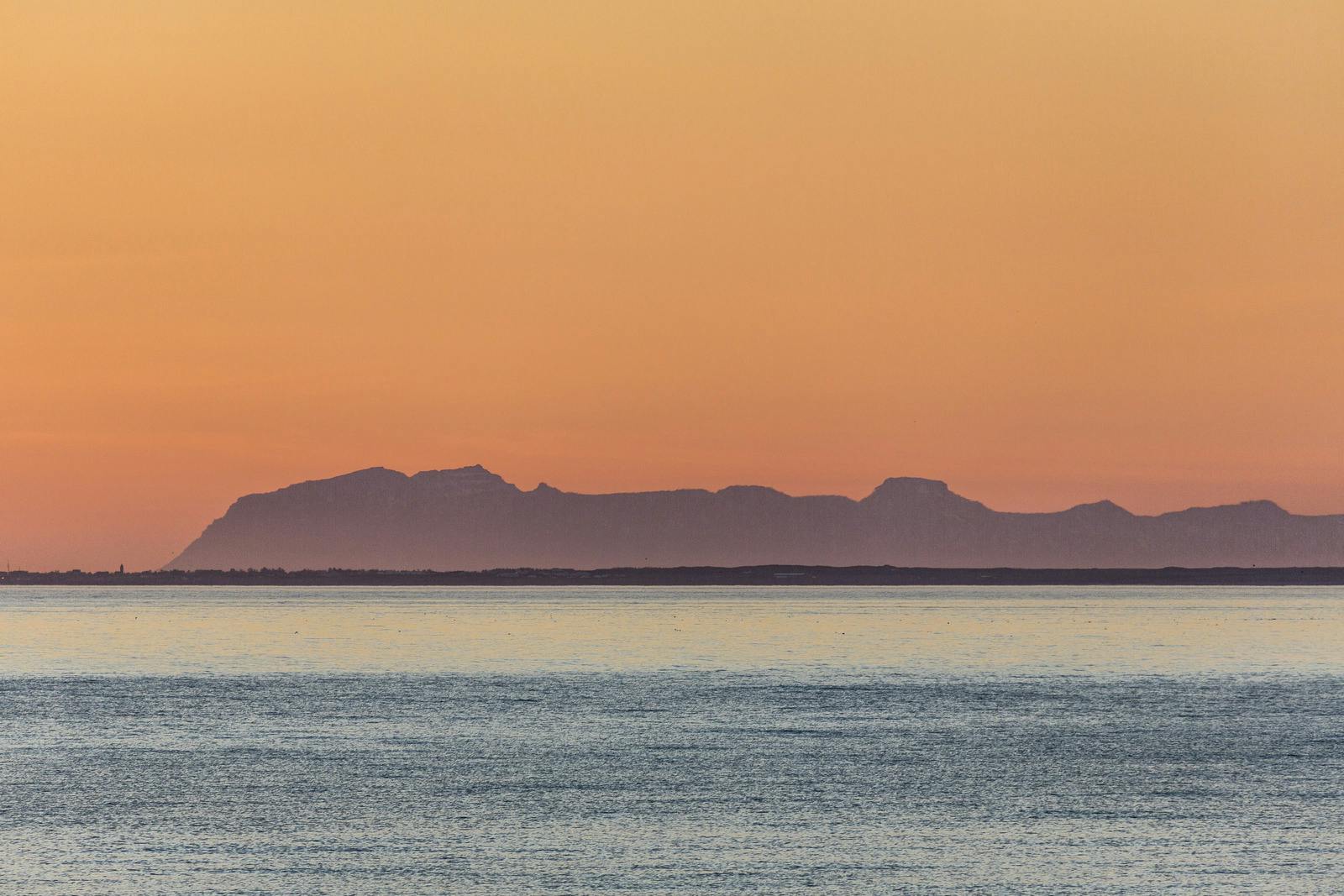
Ljósufjöll is a fissure vent system and a central volcano. The system is the largest Quaternary rhyolitic outcrop in the Snæfellsnes volcanic zone, and as such, the central volcano is highly silicic, which causes light colouration.
Iceland is home to numerous volcanic systems, many of which have shown increased activity in recent years. Learn more about active volcanoes in Iceland and how they shape the country’s dynamic landscape.
Where is Ljósufjöll Located?
Ljósufjöll is in the Snæfellsnes peninsula’s volcanic zone in West Iceland.
What is the Meaning of Ljósufjöll?
The name Ljósufjöll comes from the central volcano and translates into English as “Mountains of Light”.
Where Can You Learn About Volcanoes in Iceland?
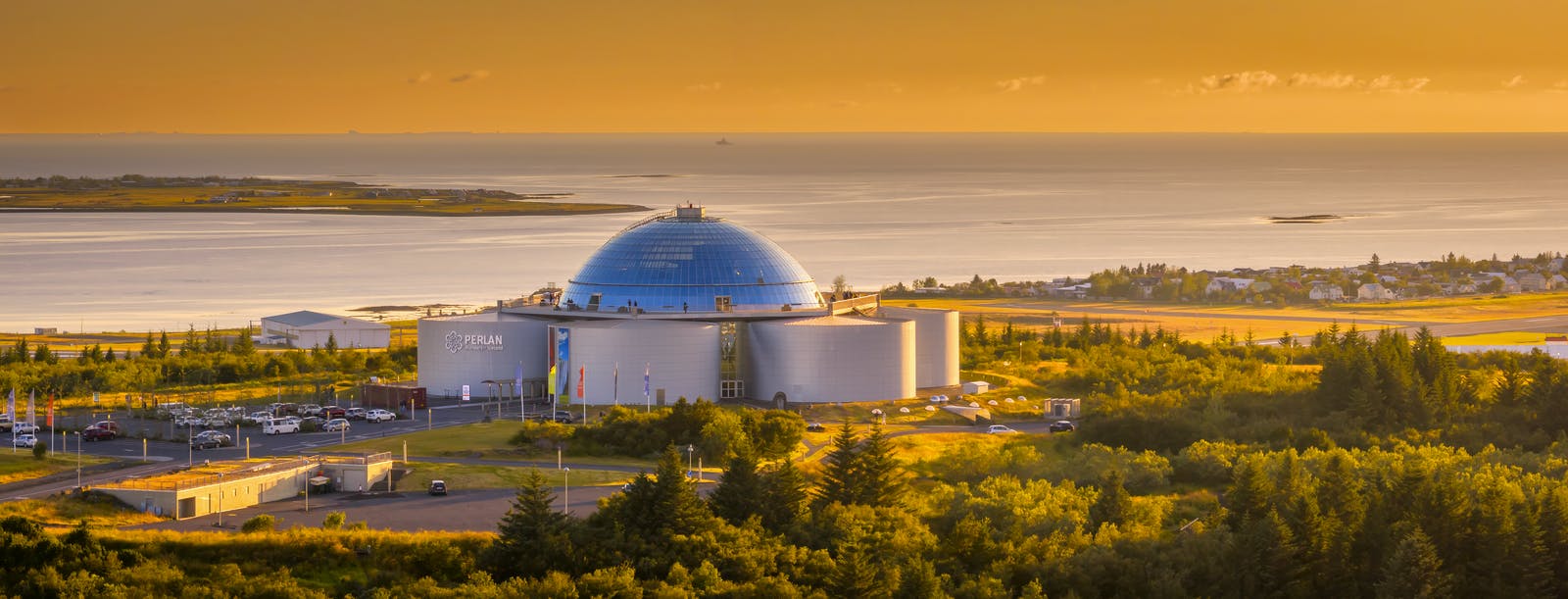
Perlan’s Forces of Nature exhibition allows guests to feel the power of volcanoes, earthquakes, and geothermal energy that powers the island. Guests will learn that volcanoes form when heat and pressure build up beneath the earth’s surface. The earth’s weak points tend to be along fault lines where tectonic plates converge or diverge, as in Iceland’s case.
Perlan’s exhibition shows that volcanic activity in Iceland is so diverse that researchers typically speak of “volcanic systems” rather than individual volcanoes. The island has 30 active volcanic systems, each with many types of volcanoes. Perlan also has exhibitions featuring ice caves, northern lights and geology.
What Attractions are on the Snæfellsnes Peninsula?
Snæfellsjökull
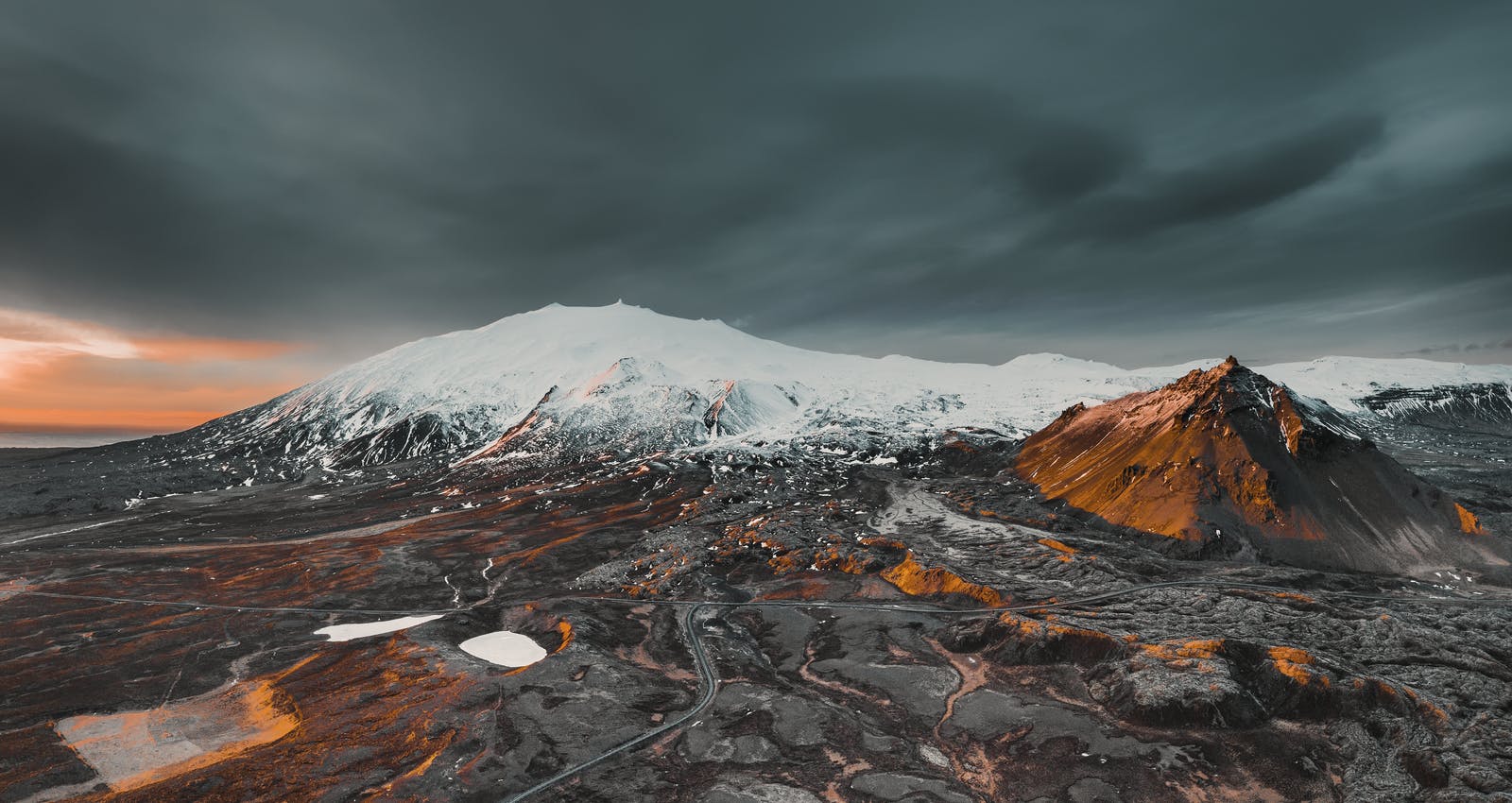
The Snæfellsjökull glacier lies on top of a volcano in the centre of the national park. The glacier’s peak is 1,446 metres tall, and it can be seen from Reykjavík on a clear day. Snæfellsjökull is considered an active volcano, though the last eruption occurred more than 1,700 years ago. It takes centre stage in the 1864 literary classic Journey to the Center of the Earth by Jules Verne, which chooses the summit of Snæfellsjökull as the setting of a fictional passage to the earth’s centre.
Arnarstapi
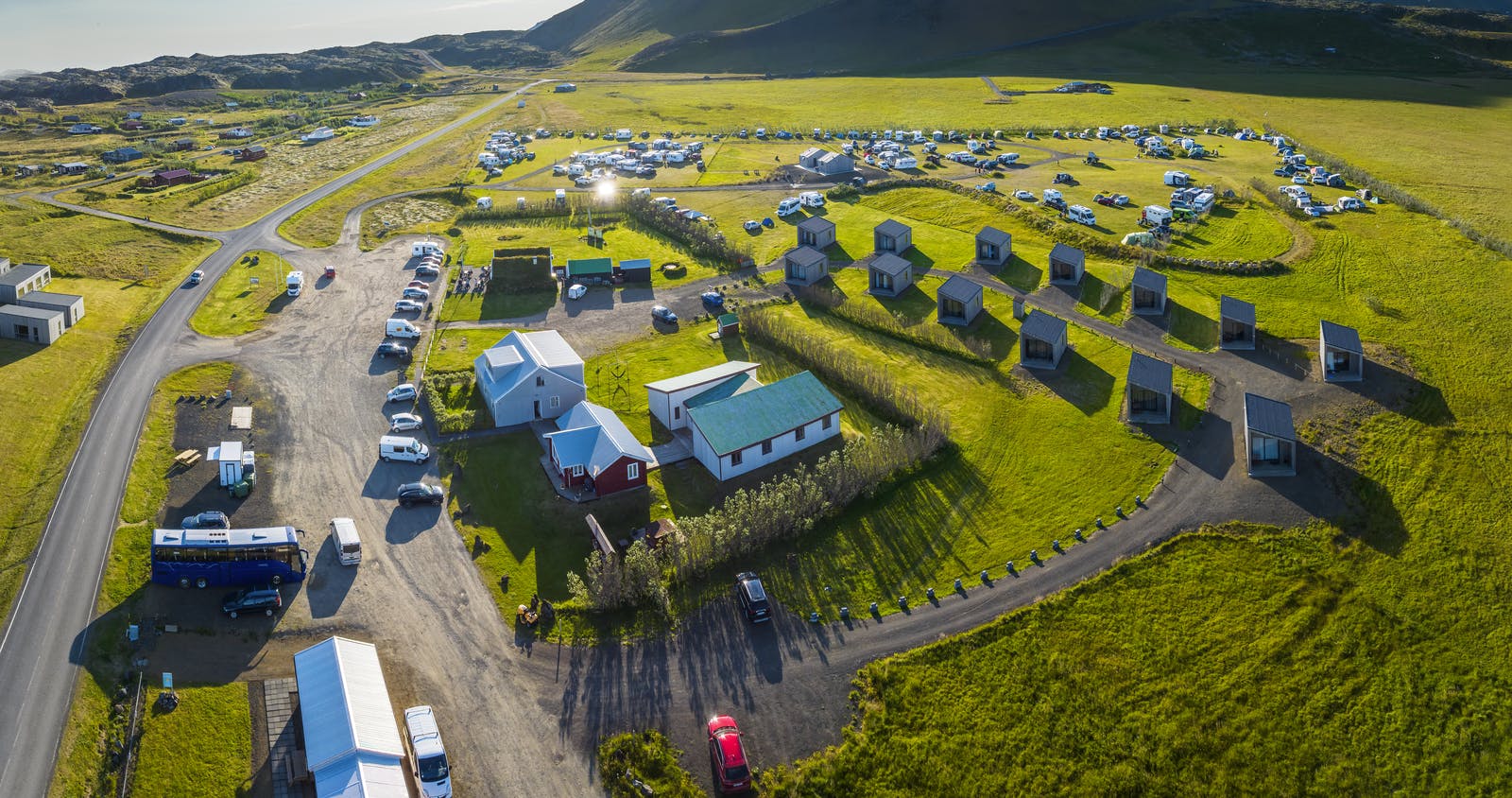
The seaside cliffs in the small fishermen’s town of Arnarstapi, at the gateway to Snæfellsjökull National Park, are spectacular, with basalt formations including holes and arches carved out by surf. The cliffs are a nesting ground for the arctic tern, and you’ll love taking photos with a giant stone statue of Bárður Snæfellsás with its back to the ocean not far from the parking lot.
Djúpalónssandur
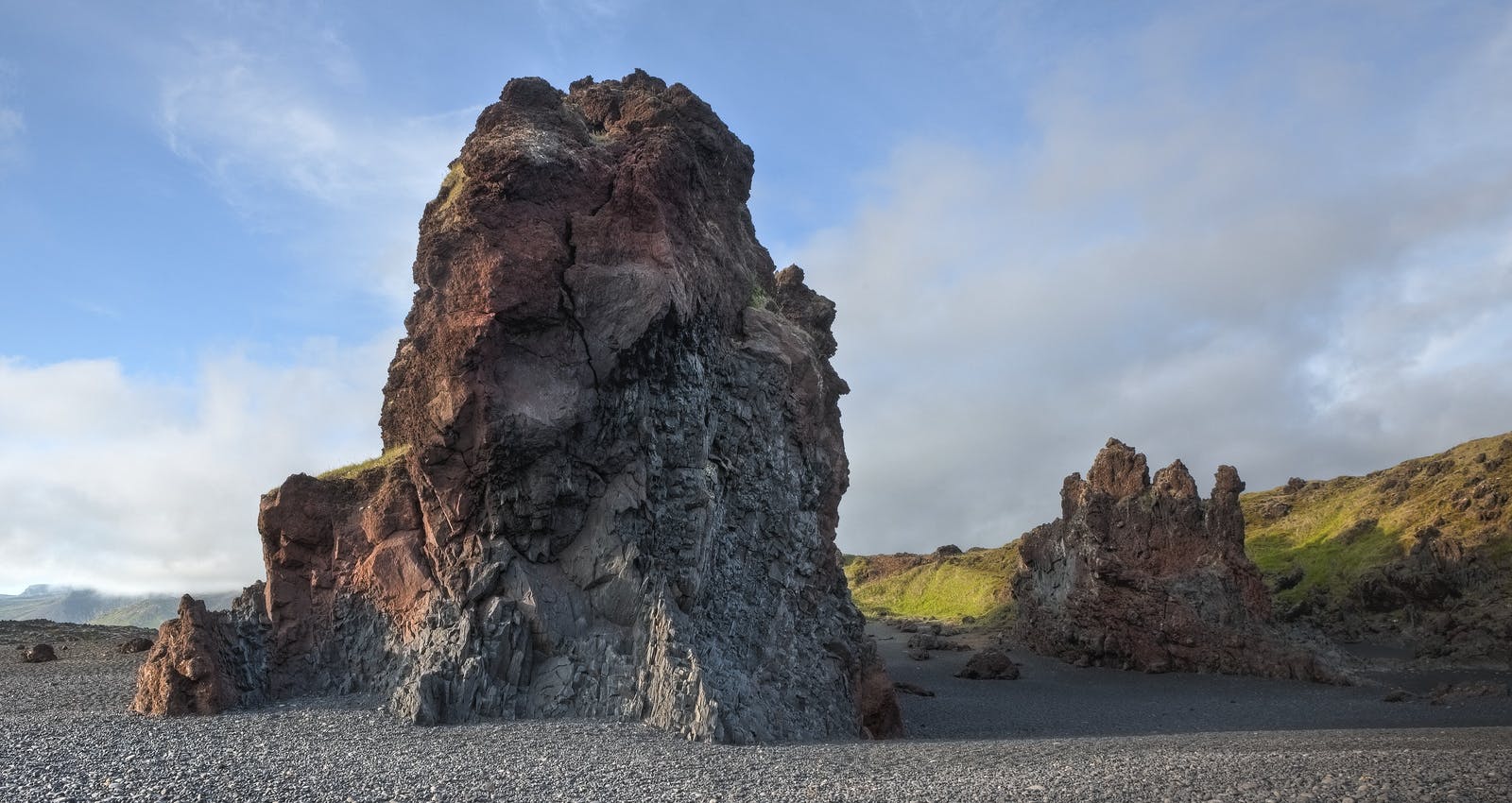
Djúpalónssandur Beach, on the southwestern edge of the Snæfellsnes Peninsula, is one of the region’s highlights. The vast beach is covered by small black stones shaped by the force of the tides and punishing winds. Travellers love to walk among the frozen lava landscapes and the interesting rock formations. Plan to spend an hour at the beach.
Kirkjufell
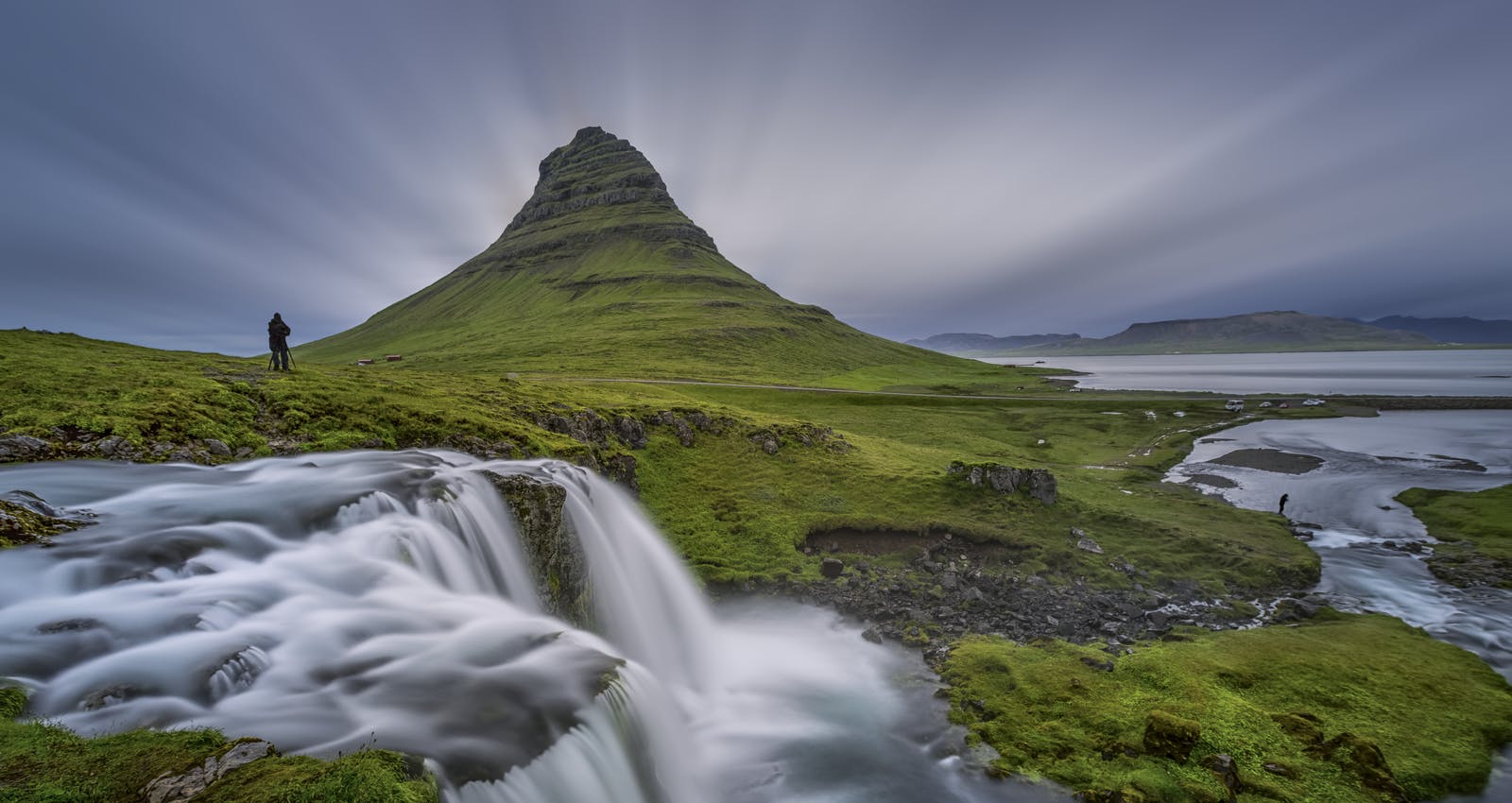
Kirkjufell, which means “Church Mountain” in Icelandic, is a favourite subject for photographers due to its unique shape: sharpened at the top and long sloping sides. The mountain formed over millions of years, gaining its shape from glacial erosion and peaking at 463 metres. It also draws Game of Thrones fans, as the mountain appeared on the show as Arrow Head Mountain.
Is it safe to visit Ljósufjöll?
It is safe to visit Ljósufjöll. There are many attractions nearby, and there is no imminent danger in the area.







